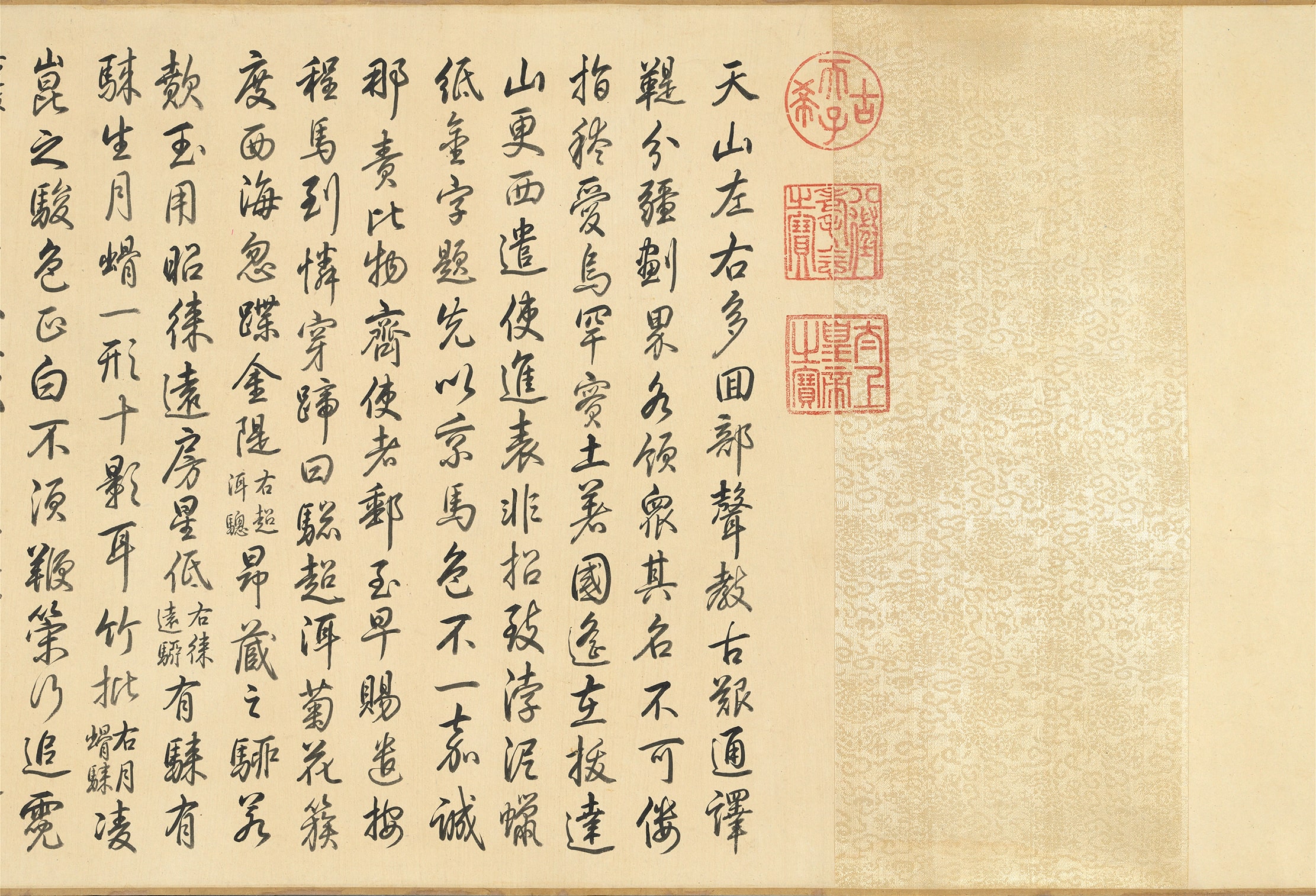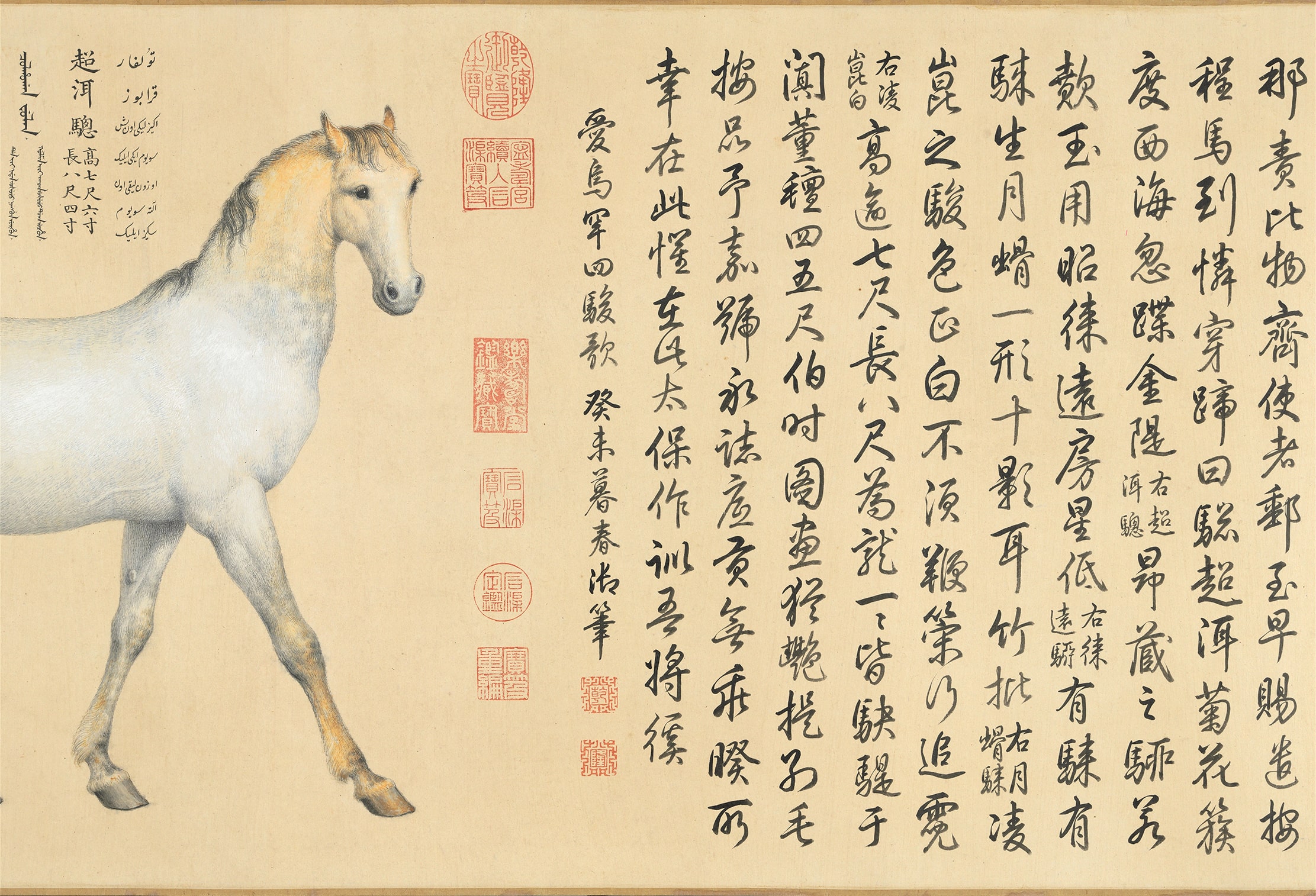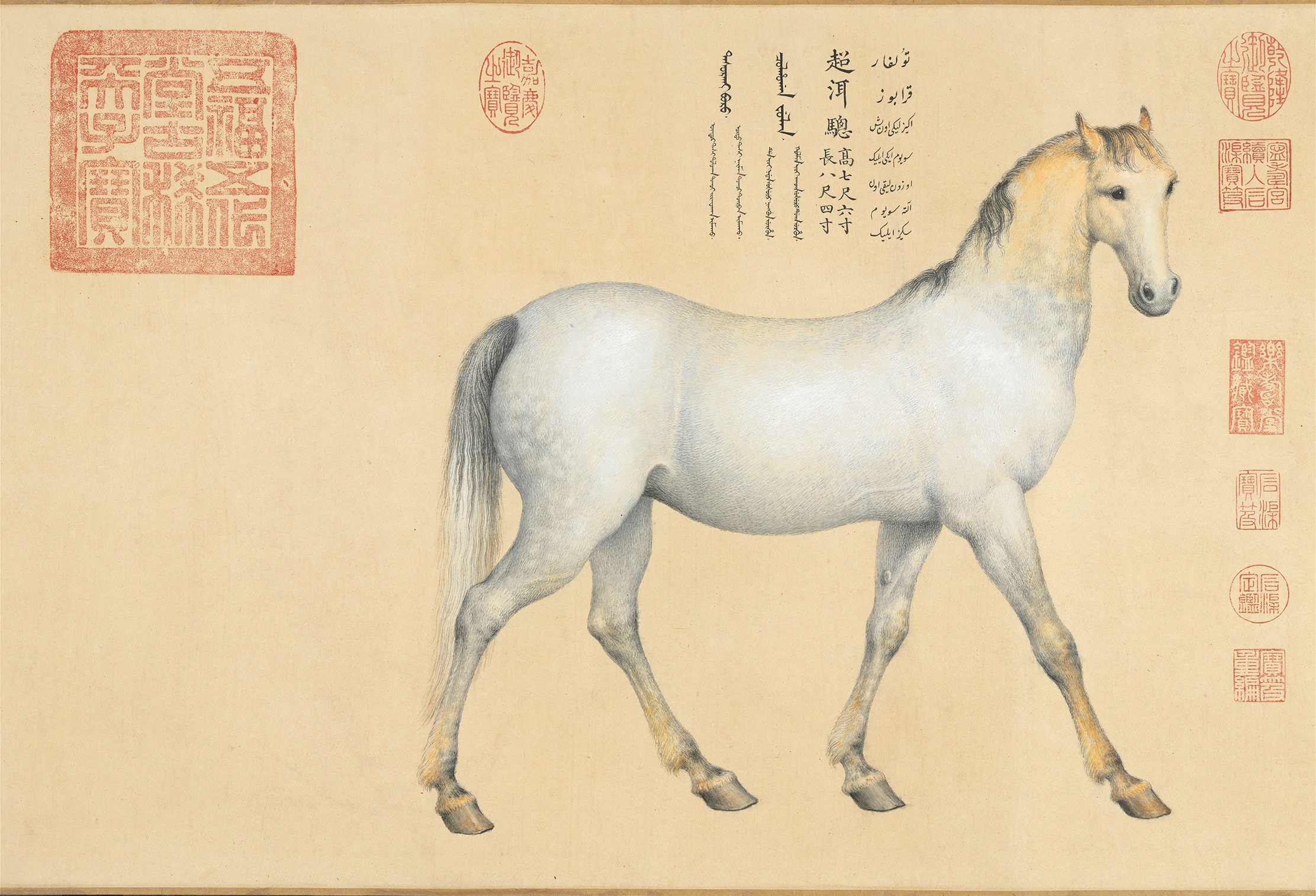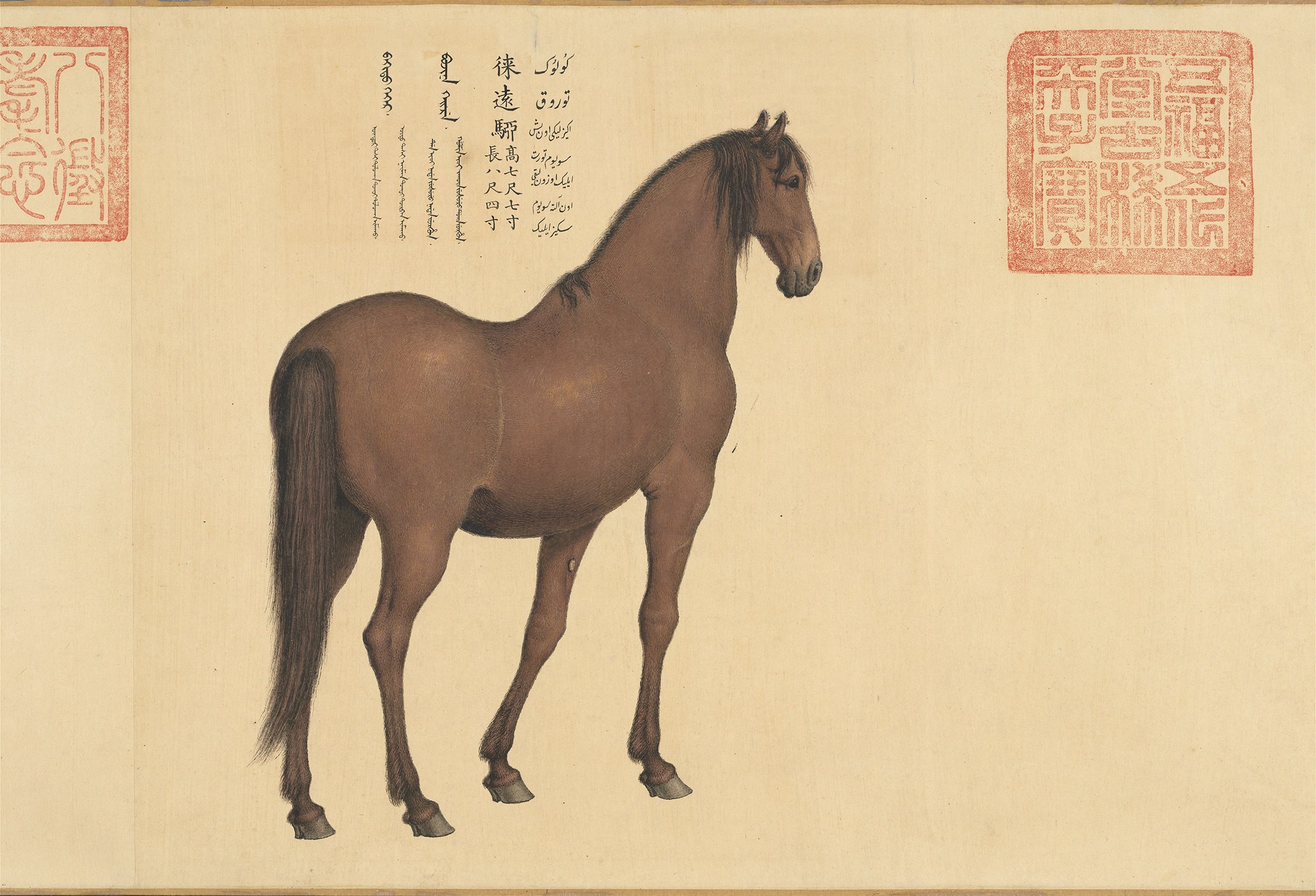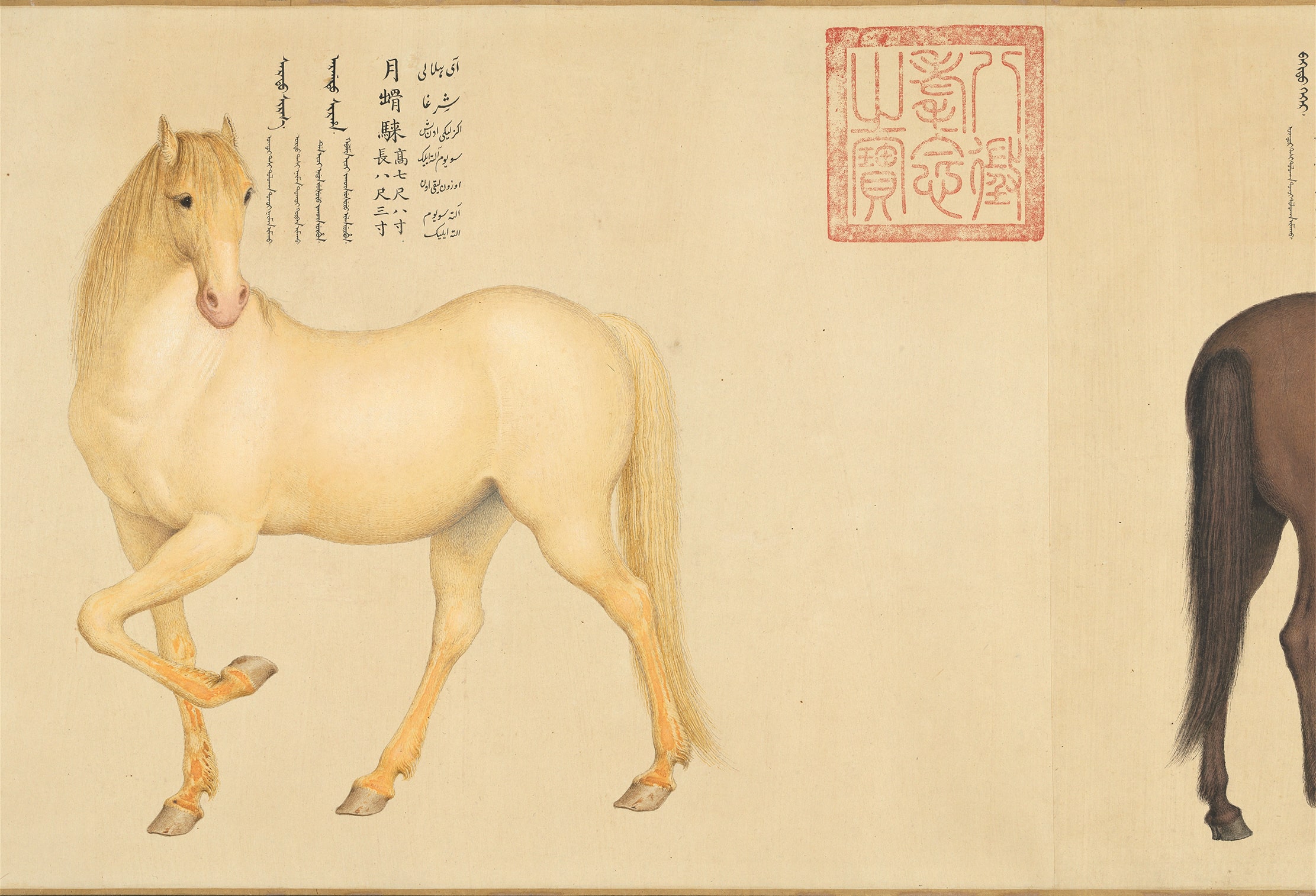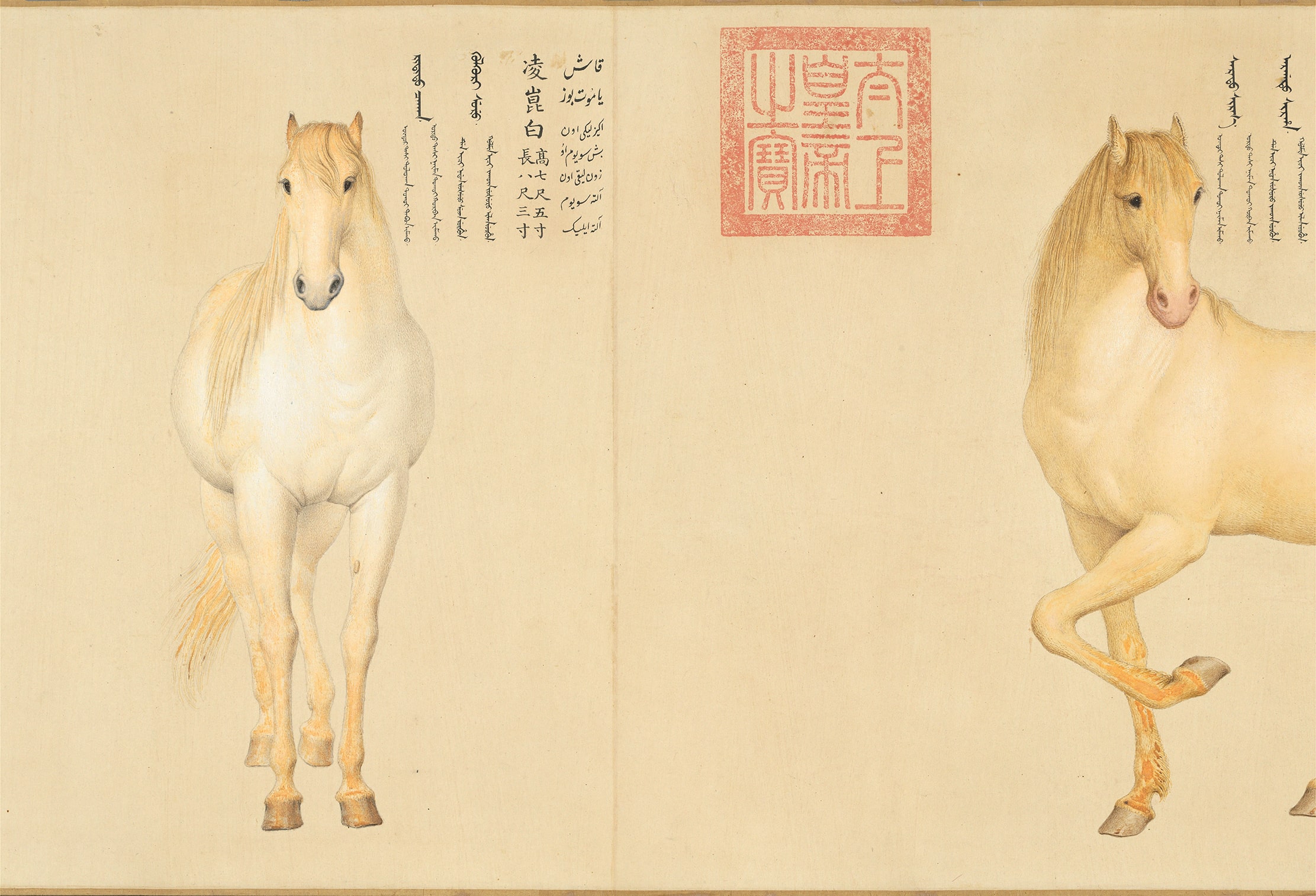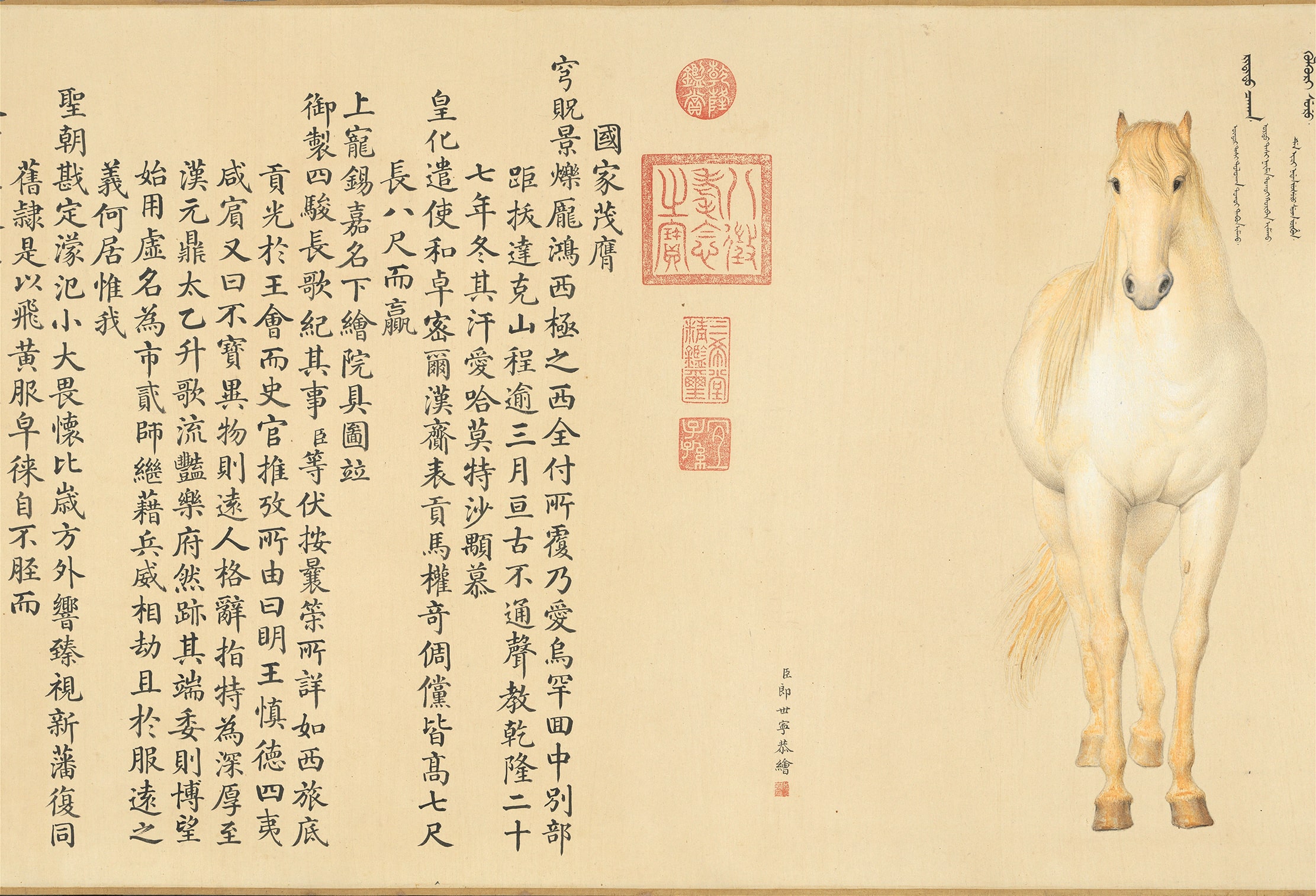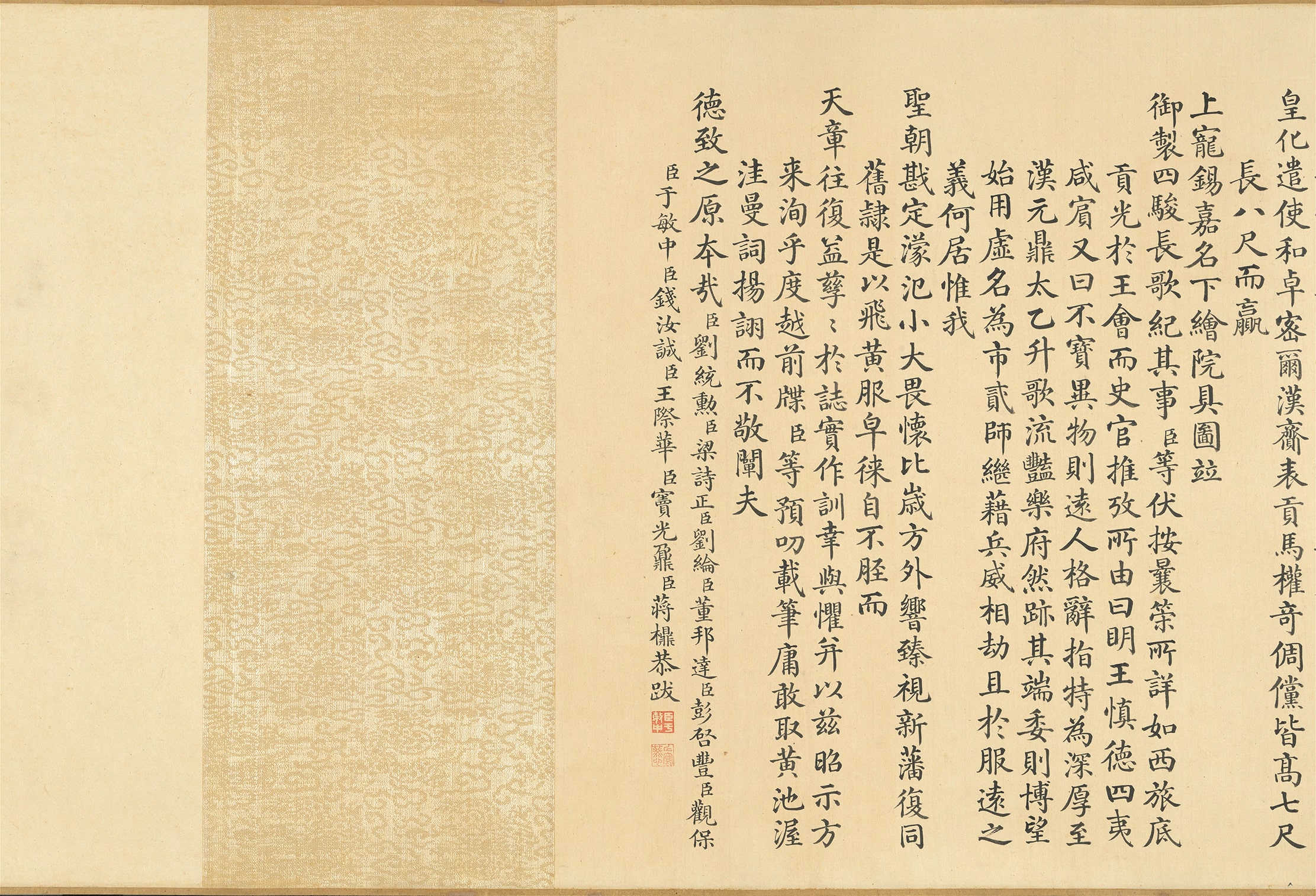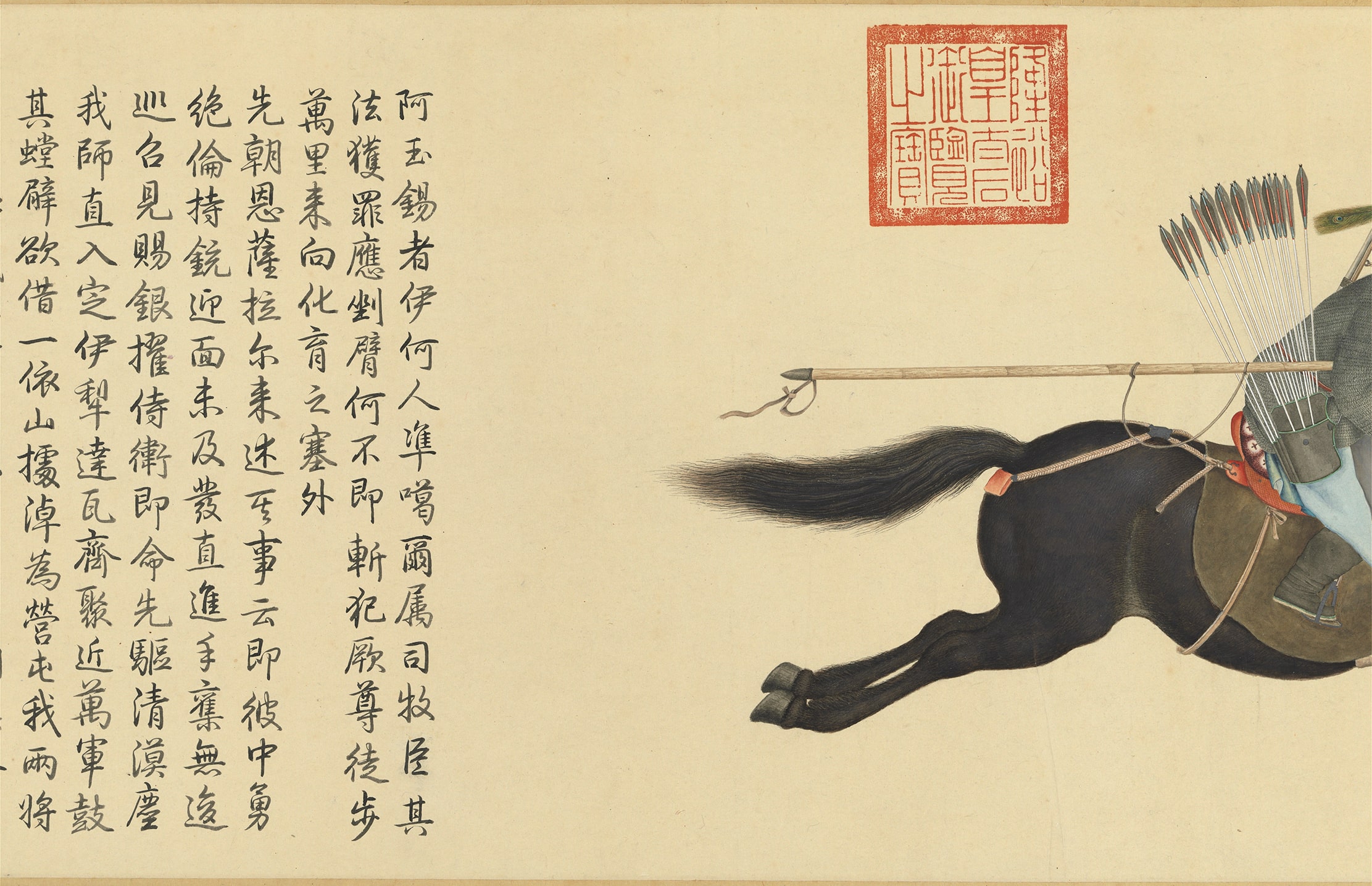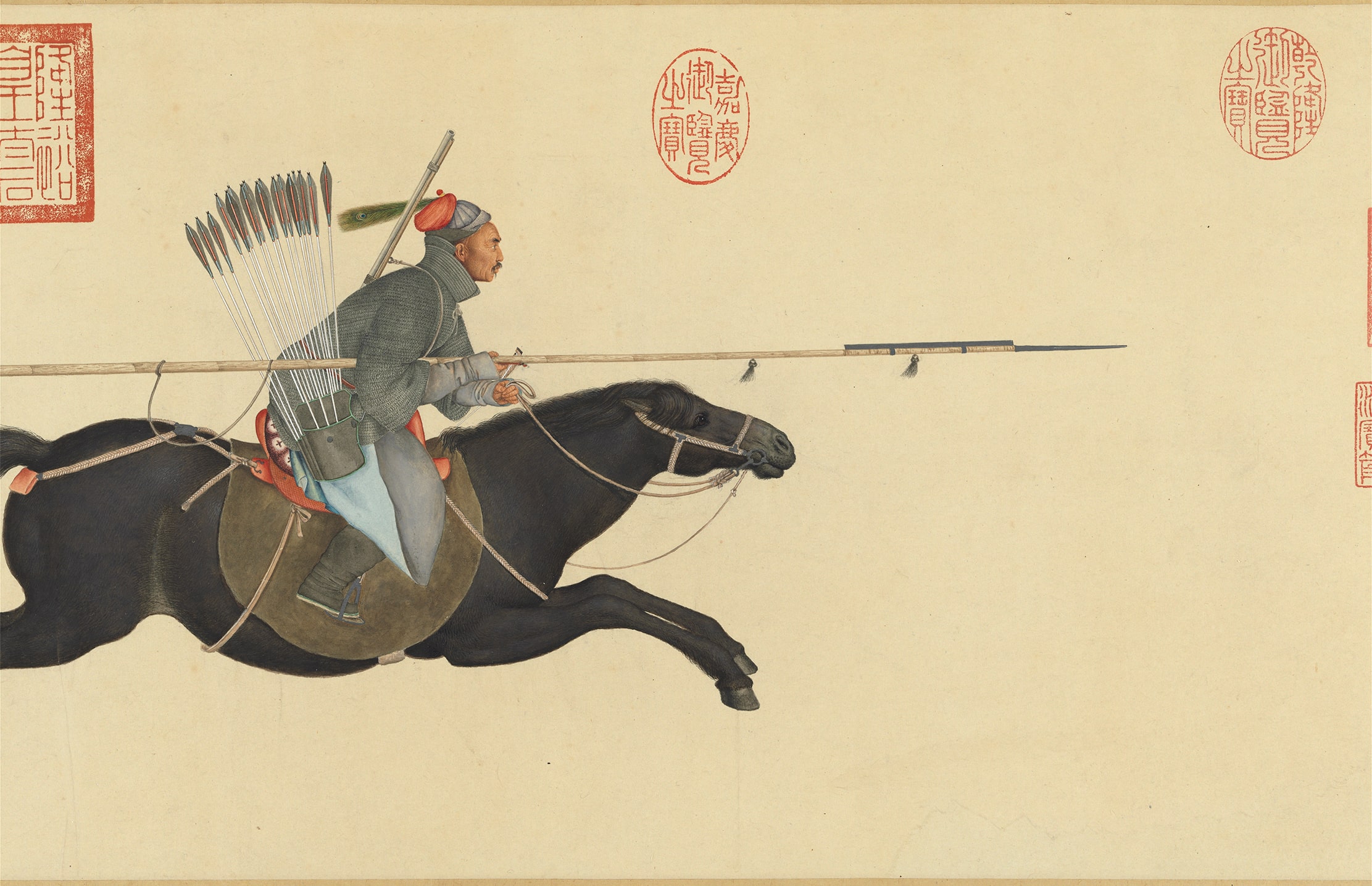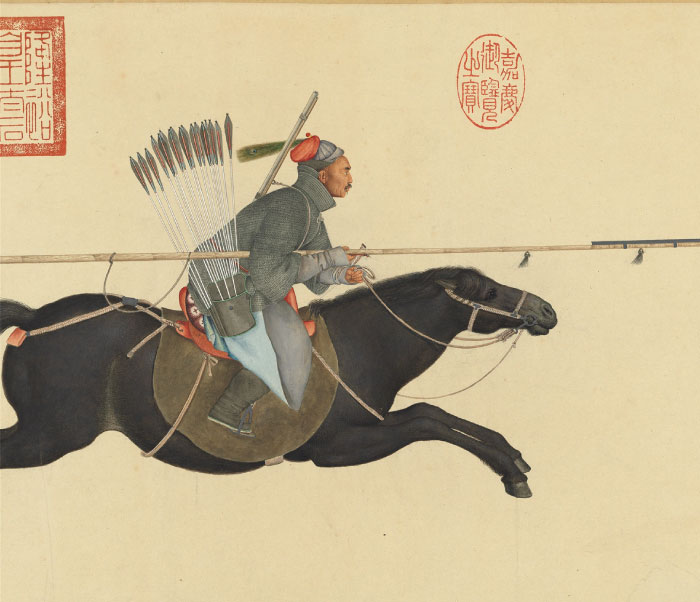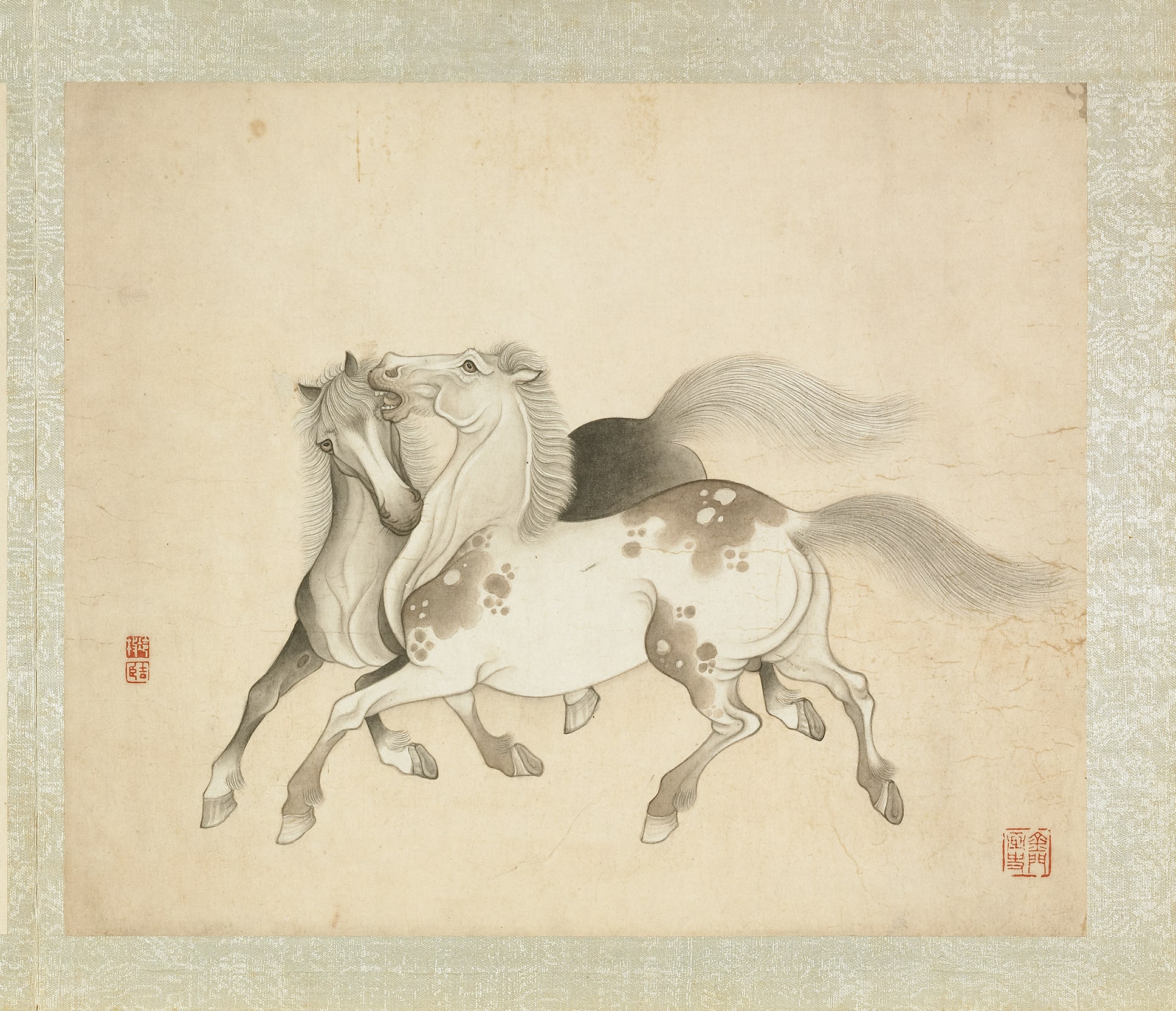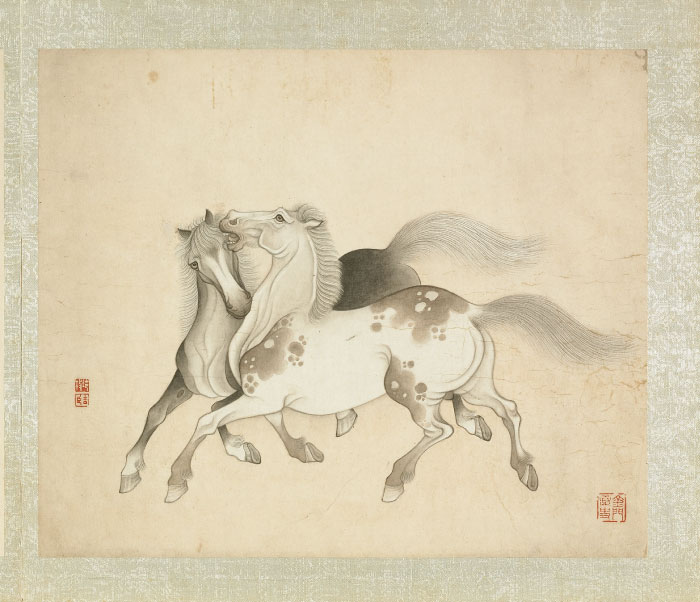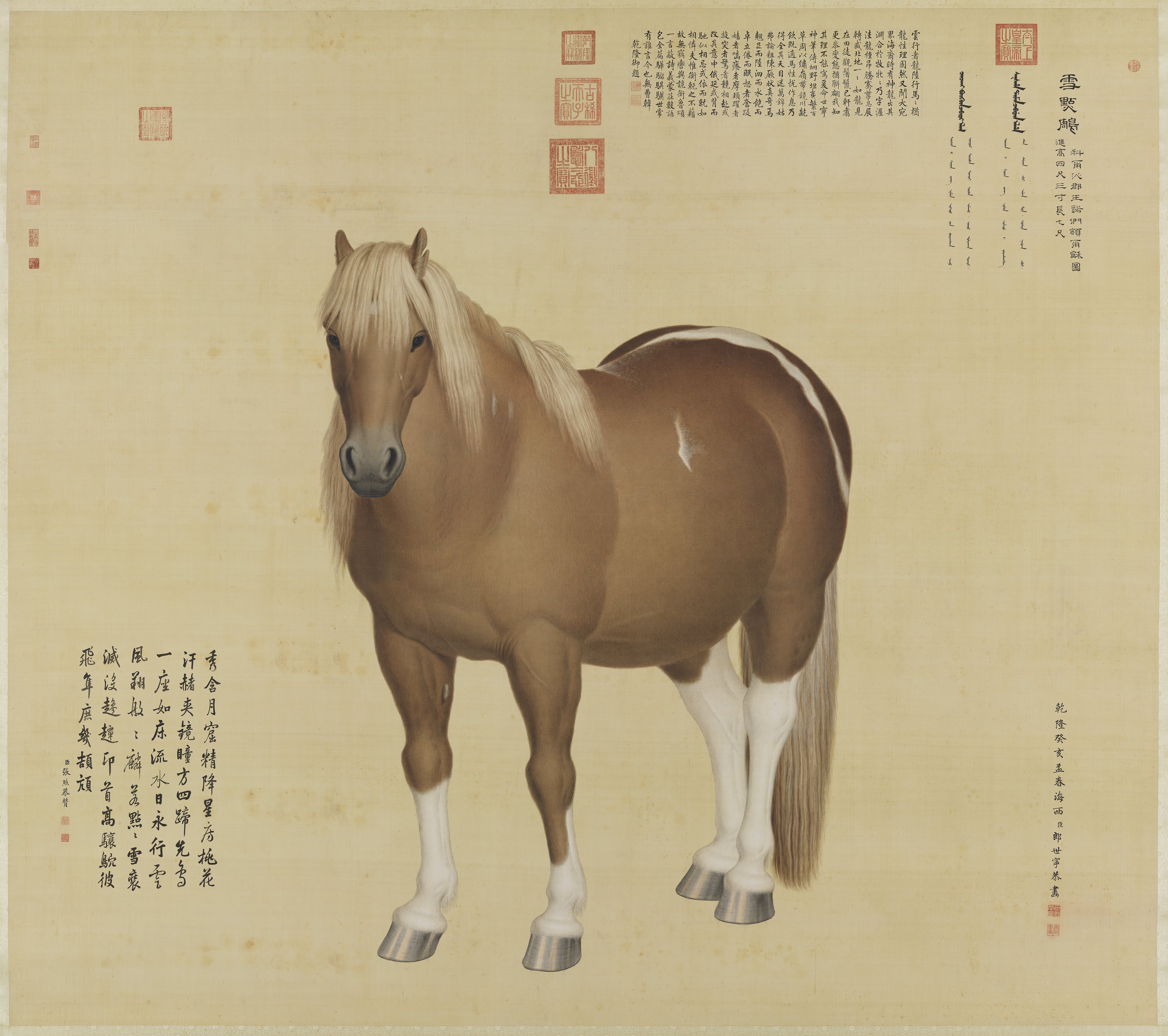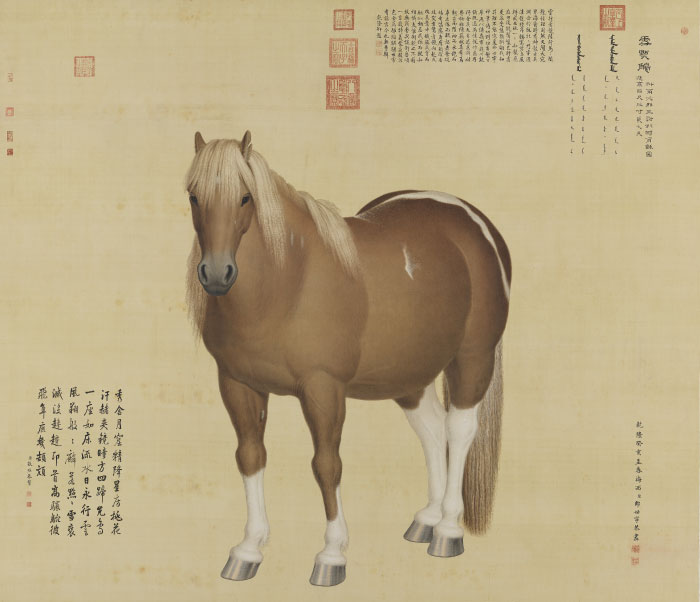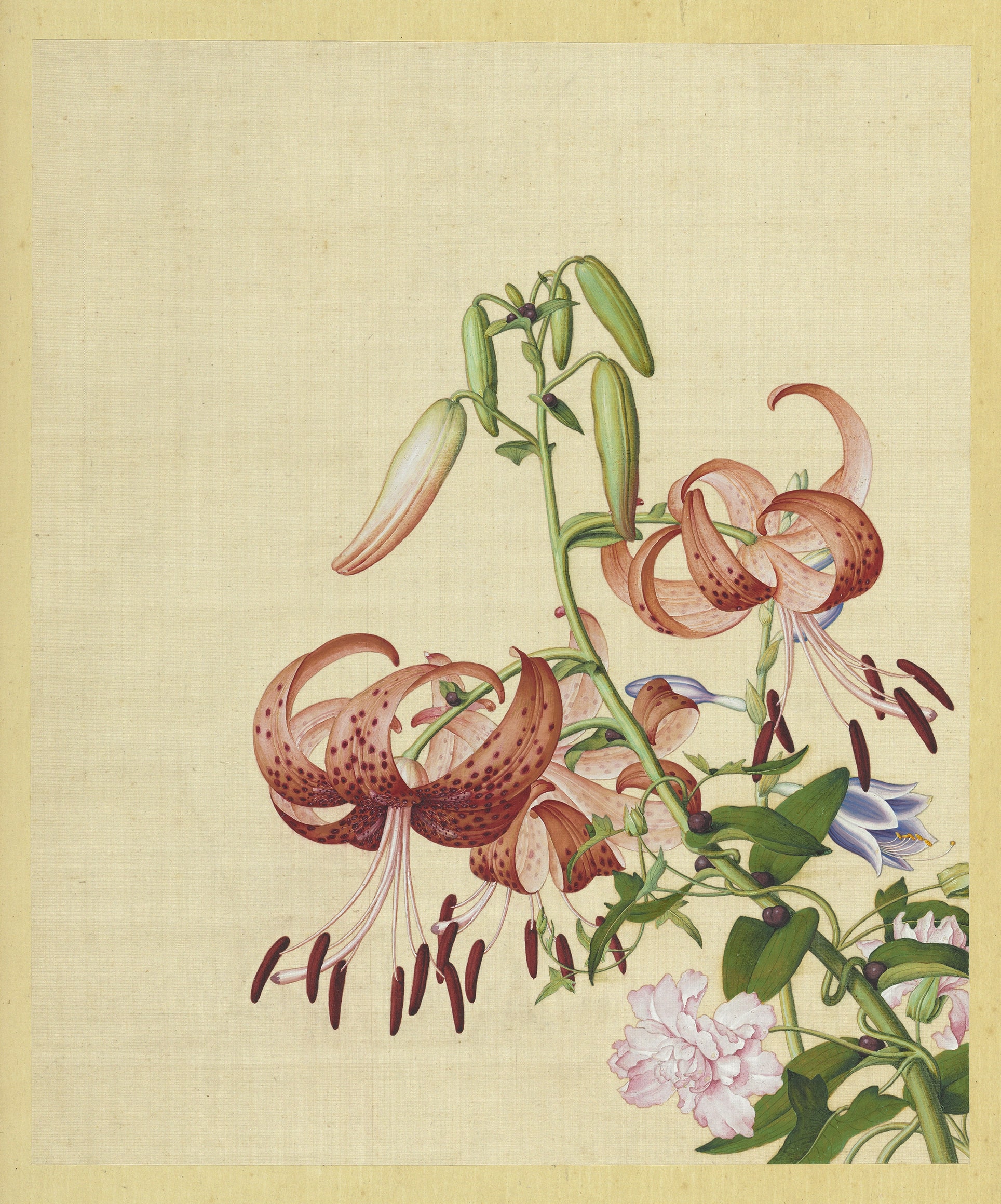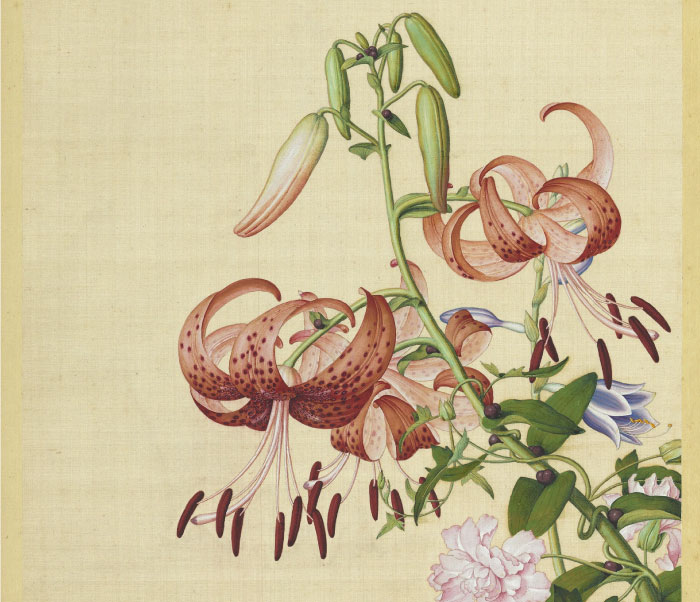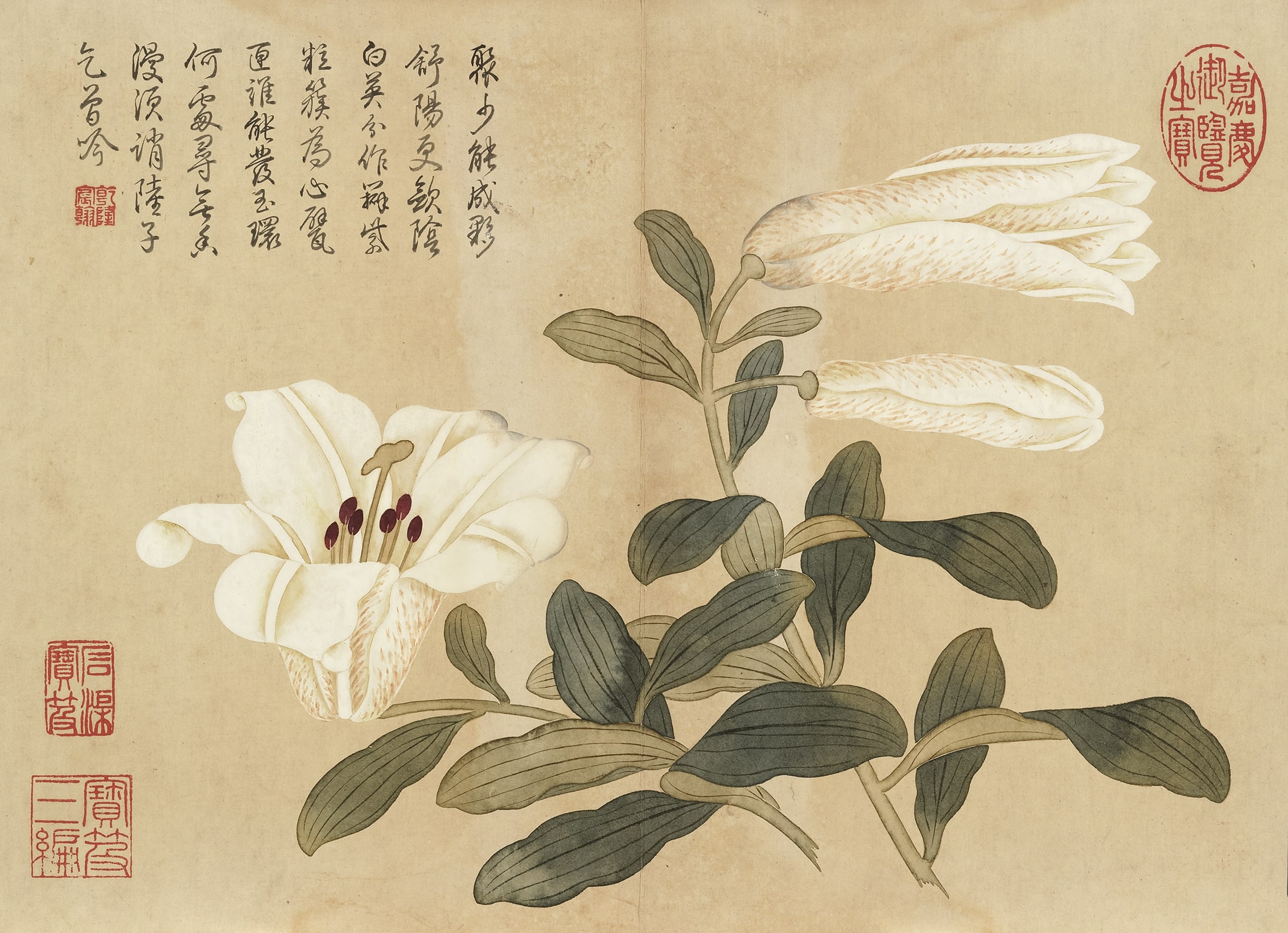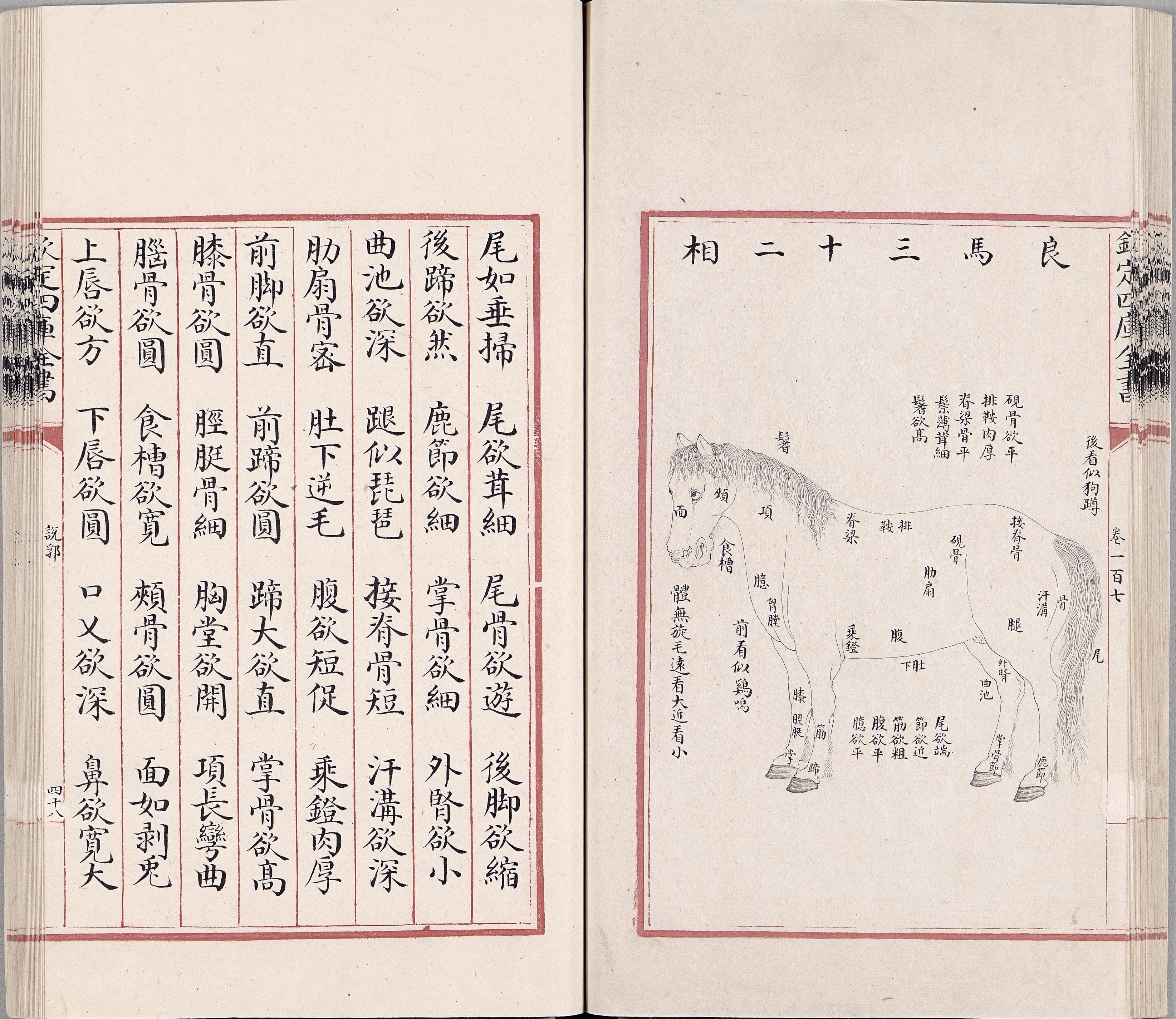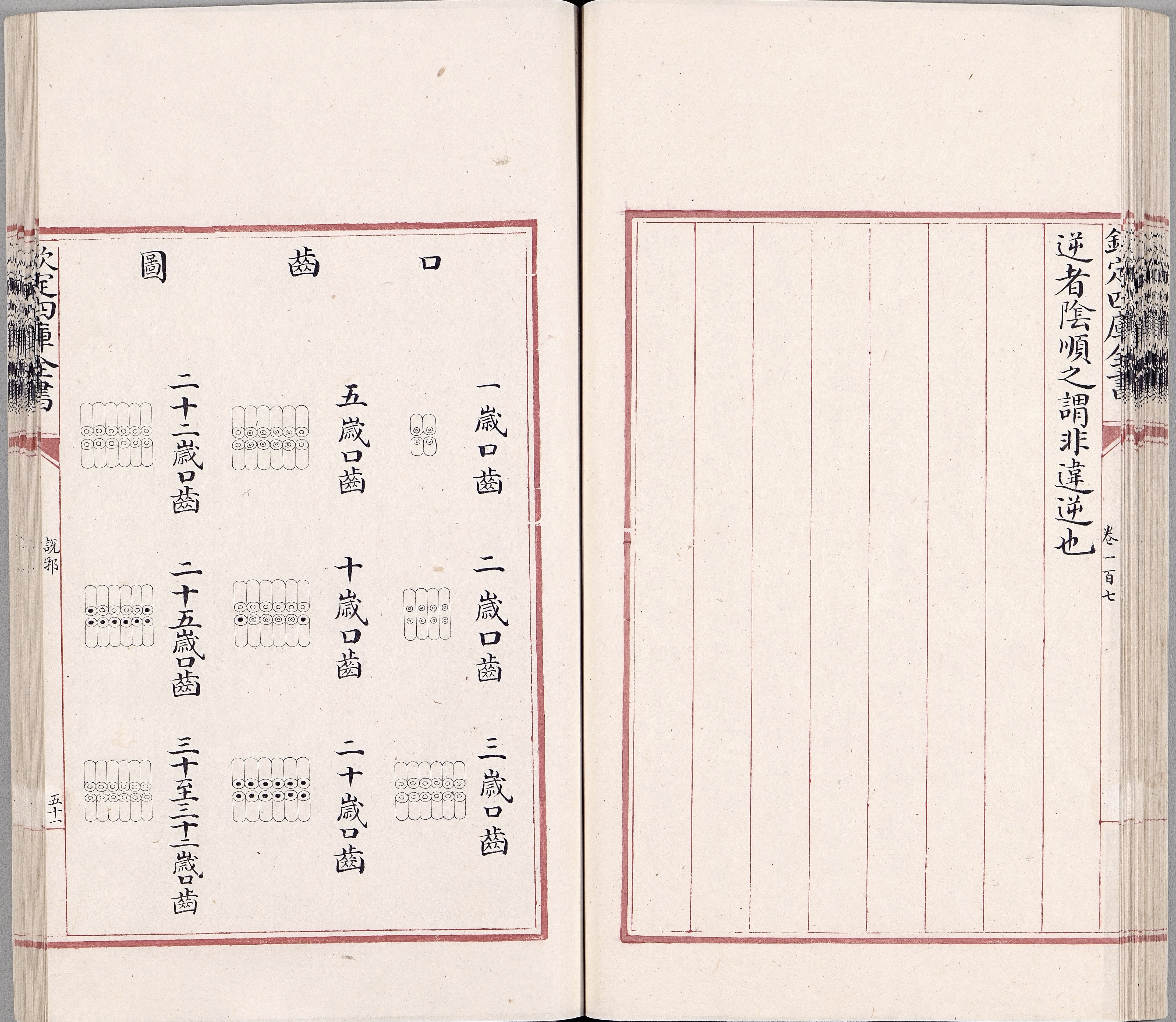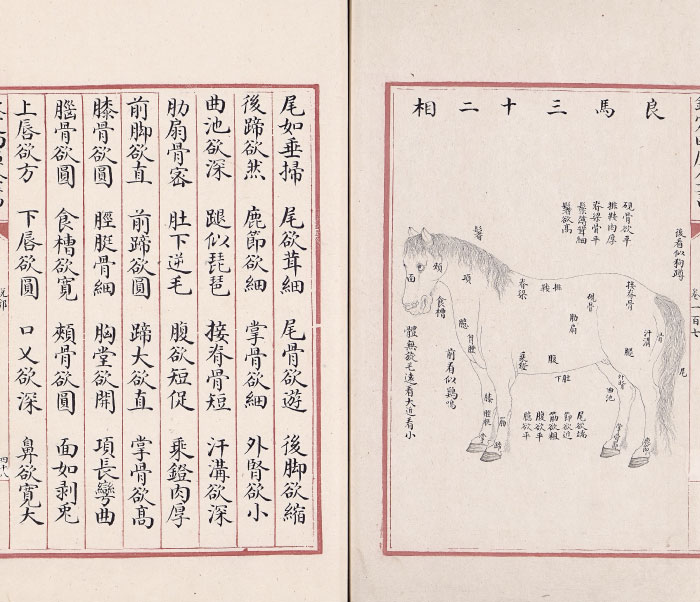Horse Ranch Headquarters
The National Palace Museum's (NPM) collection of historical and cultural artifacts is rich
and abundant, and preserves the heritage of human civilization and the history of art. This
exhibition responds to the "2018 Taichung World Flora Exposition" and is located at the
city's historical site, the "Horse Ranch Headquarters". Based on local themes in Taichung
and the park's core value, "Ecology, Nature, and Natural Symbiosis," the exhibition will
showcase reproductions of classic flowers and horses from the NPM's collection.
"Horse Ranch Headquarters" was originally the office of the horse ranch master. It was
built in 1912 and was designated as a monument of Taichung City in 2016. This pavilion
showcases high-quality replicas of NPM artifacts related to the theme. For example, the
Arabian horse in Four Afghan Steeds by the Qing Dynasty court painter Lang Shining
echoes
the "Arab Royal Horse" in the park, and the lilies from the paintings in the collection
also reflect the elegance of the local flowers in Taichung.
Over the years, NPM has also dedicated itself to integrating the humanities and
technological innovation, with a focus on the promotion of digital art education. During
the exposition, NPM New Media Art Exhibition will be simultaneously on display at the
Equestrian Stadium 1F. Important artifacts from NPM are transformed into multimedia
artworks, creating a new immersive, aesthetic and educational experience.
In response to the advanced agricultural development in Taiwan and to convey the harmonious
symbiosis between man and nature, the museum's most popular artifact "Jadeite Cabbage" and
"Jadeite Chinese Cabbage" will also be on display, rendering the characteristics of the
local culture. The exhibition combines the ancient artifacts with the contemporary spirit,
and brings art and culture closer to people.
-
Four Afghan Steeds
Lang Shining (Giuseppe Castiglione), Qing dynasty(1644-1911)
- Handscroll
- 40.7 x 297.1cm
- Museum-quality reproduction
Giuseppe Castiglione (1688-1766), called Lang Shih-ning in Chinese, was a native of Milan, Italy. When he became a Jesuit at the age of nineteen, he already excelled at painting and architecture. At twenty-seven, he journeyed to China as a missionary and was summoned to the Imperial Court, where he served under the Kang-his, Yung-cheng and Chien-lung emperors. He introduced Western painting techniques such as perspective and the use of light and shadow to the Imperial court, and contributed greatly to the artistic exchange between the East and West.
In the winter of 1762, an Afghan leader dispatched an emissary to the Qing court to offer horses as tribute. The Chien-lung emperor held a military parade in the western suburbs of Beijing and wrote "the Song of Four Afghan Steeds" for the occasion. He also ordered Castiglione to paint the steeds.
In the painting, each horse is shown from a different angle and an inscription in Manchu, Mongol, Chinese, and Uighur is included for their names and dimensions in documentary fashion. The four steeds shown respectively are Exceeding Piebald, Far-flung Bay, Moon-bone Steed, and Ice White from the right to left. Giuseppe Castiglione uses exquisite and refined skills to render the different angles of the steeds. The painting on display echoes the Royal Arabian Steeds in the park. -
Ayusi Sweeping Bandits with a Lance
Lang Shining (Giuseppe Castiglione), Qing dynasty(1644-1911)
- Handscroll
- 27.1 x 104.4cm
- Museum-quality reproduction
Lang Shih-ning (1688-1766) was a missionary from Italy. When he was 27 years old, he was sent to China, where he was to spend the majority of his life. He excelled at painting and was eventually summoned to the palace as a court painter, where he illustrated birds, flowers, figures, and horses. His style fuses Western and Eastern techniques and was popular with the Imperial court. He also taught other court painters the techniques of oil painting.
A-yu-hsi was a chieftain of the Chun-ke-erh of Sinkiang, but later submitted himself to the Qing court. In the year 1775, the Qing army suppressed the Ili of Sinkiang, a campaign in which A-yu-hsi won the great victory of Ke-teng-e-la. For this victory, Emperor Kao-tsung wrote a song and commanded Lang Shih-ning to paint the portrait of A-yu-hsi. Here, Castiglione has completely done away with the background, portraying A-yu-hsi wearing a peacock-feather warming cap, an overcoat to protect against arrows, and a musket slung over his shoulder. With a bag of arrows at his waist, he holds onto reins with one hand and a lance with the other, leading his horse against the enemy with intense focus and gallantry. -
Horses
Leng Mei, Qing dynasty(1644-1911)
- Album leaf
- 35.8 x 78.8 cm
- Museum-quality reproduction
Leng Mei (style name Chi-chen) was a native of Chiao-chou, Shantung, who served as a court artist during the reign of the Kang-hsi emperor (1662-1722). The painter outlines the horse's shape with rhythmic and smooth lines, and then renders it with layered ink to emphasize its stout figure. The muscles and the dynamic postures of the galloping horses are vividly depicted. The work is used in the key visual design of the exhibition.
-
Ten Steeds ("Snow-Flake Eagle")
Lang Shining (Giuseppe Castiglione), Qing dynasty(1644-1911)
- Hanging scroll
- 532.3 x 313.1cm
- Museum-quality reproduction
This piebald is a tribute horse presented to the Emperor Qianlong by Koruin Giynn Wang of Nomun Eehetu (in Sinkiang). It was named "Snow-Flake Eagle" after its rapid speed and snow white hair. There are Mandarin, Manchu and Mongolian texts on the painting from the right to left indicating the length and height of the steeds, as well as information of the tribute state.
Giuseppe Castiglione (1688-1766), called Lang Shining in Chinese, was a native of Milan, Italy. At twenty-seven, he journeyed to China as a missionary and was summoned to the Imperial Court, where he served under the Kang-hsi, Yung-cheng and Chien-lung emperors. He used Western painting techniques of shadow and perspective to create realistic and vivid portrayals of horse, as well as the luster and texture of the horse's hair and body, accurately conveying everything from the muscles and tendons of its legs to even the blood vessels under its skin. -
Immortal Blossoms in an Everlasting Spring Lily
Lang Shining (Giuseppe Castiglione), Qing dynasty(1644-1911)
- Album leaf
- 33.3 x 27.8cm
- Museum-quality reproduction
This piebald is a tribute horse presented to the Emperor Qianlong by Koruin Giynn Wang of Nomun Eehetu (in Sinkiang). It was named "Snow-Flake Eagle" after its rapid speed and snow white hair. There are Mandarin, Manchu and Mongolian texts on the painting from the right to left indicating the length and height of the steeds, as well as information of the tribute state.
Giuseppe Castiglione (1688-1766), called Lang Shining in Chinese, was a native of Milan, Italy. At twenty-seven, he journeyed to China as a missionary and was summoned to the Imperial Court, where he served under the Kang-hsi, Yung-cheng and Chien-lung emperors. He used Western painting techniques of shadow and perspective to create realistic and vivid portrayals of horse, as well as the luster and texture of the horse's hair and body, accurately conveying everything from the muscles and tendons of its legs to even the blood vessels under its skin. -
Lilies
Qian Weicheng , Qing dynasty(1644-1911)
- Album leaf
- 27.7 x 37.8 cm
- Museum-quality reproduction
Qian Weicheng (style name Zongpan, sobriquet Chashan), a native of Wujin in Jiangsu. His works feature tightly organized compositions and vigorous, yet elegant brushwork. This painting is selected from the "Twelve Types of Summer Flower" and is a type of "plucked flower" painting. "Plucked flowers," a motif in floral painting, are thus named because the painter depicts the branches instead of the entire plant.
This painting uses light ink to outline the overall shape of the branches and leaves of the lily flower, and then applies the color to depict the vividness and temperament of the lily. This painting responds to the lilies in Taichung and is shown in juxtaposition with Immortal Blossoms in an Everlasting Spring: Lily by Giuseppe Castiglione, enabling audience members to compare the differences between Western and Chinese painting techniques. -
Book of Equine Physiognomy
Xu Xian, Song dynasty(960-1279)
- Museum-quality reproduction
"Equine physiognomy" refers to the art or science of judging the qualities of a horse from its appearance. The ancients had extensive experience in raising horses, and The Book of Equine Physiognomy on display in this exhibition includes three illustrations, respectively titled, "Thirty-two Characteristics of a Good Horse", "Diagram of Hair Whorls", and "Diagram of the Mouth and Teeth. The "Thirty-two Characteristics of a Good Horse" combines text and images to describe and indicate the position of key features of a good horse. Each feature is given a four-character mnemonic, such as "hanging broom-like tail", "long and curvaceous neck", and "pipa lute-like legs". The "Diagram of the Mouth and Teeth" depicts the oral conditions of horses from ages one to thirty-two, and is accompanied by a mnemonic rhyme.
Edition: First Version of Shuofu (A Collection of Random Sketches) from the Complete Library in Four Sections (Siku Quanshu) of the Reign of Qianlong, Qing dynasty.
Volume: Volume One Hundred and Seven
